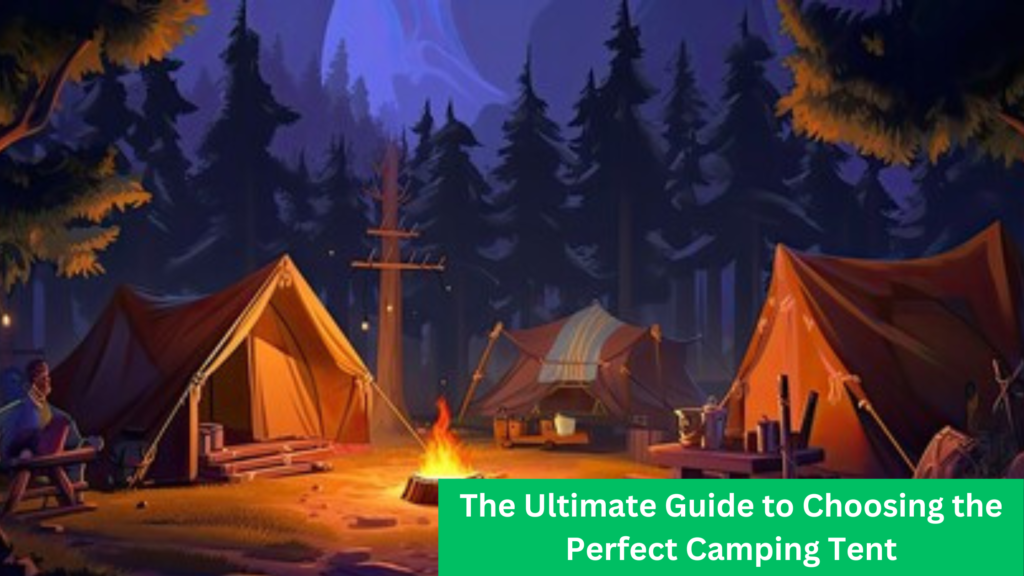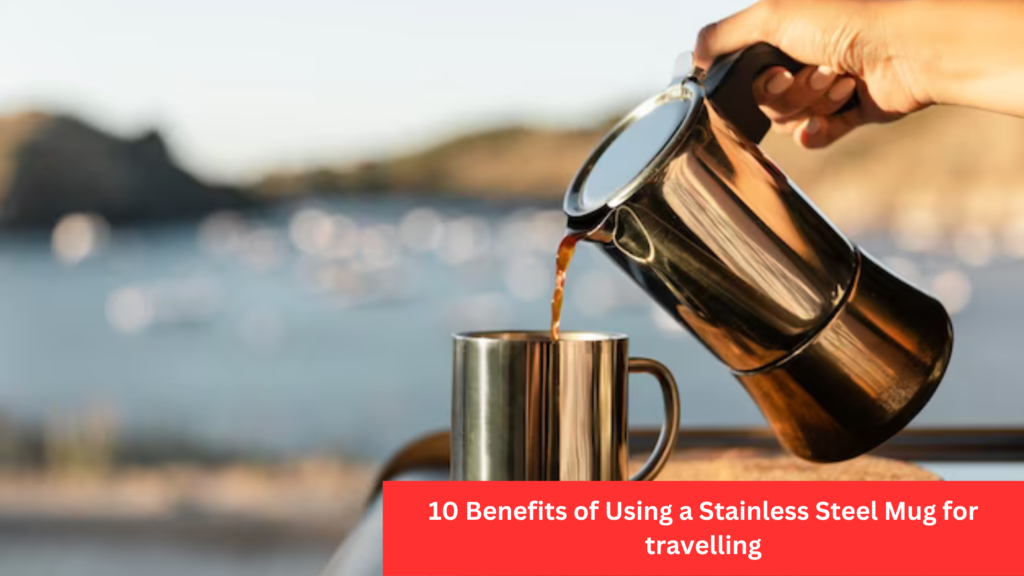The Ultimate Guide to Choosing the Perfect Camping Tent
A camping adventure is a cherished outdoor activity, offering individuals the opportunity to connect with nature, unwind, and forge lasting memories. Amidst the plethora of options available, one of the pivotal elements that can make or break a camping trip is the careful selection of the right camping tent. Navigating through the multitude of choices can be a daunting task, but fear not – this comprehensive guide is here to illuminate the essential factors to consider when purchasing a camping tent. By delving into these key aspects, you can make an informed decision, ensuring a comfortable and enjoyable camping experience with the perfect camping tent as your reliable outdoor abode.
1.Perfect Camping Tent Type

The first step in choosing a perfect camping Tent is understanding the different types available. Common tent types include dome tents, tunnel tents, cabin tents, and more. Each type serves a specific purpose, so it’s essential to consider factors such as the number of campers, desired comfort level, and the type of camping activities you plan to engage in.
2.Capacity and Size
Determining the appropriate size of the tent is crucial for a comfortable camping experience. Consider the number of people who will be sharing the tent, as well as the need for extra space to store gear. Pay attention to the tent’s floor dimensions and peak height to ensure ample room for everyone and their belongings.
3.Seasonal Suitability

perfect camping Tent are designed for different seasons, ranging from three-season tents suitable for spring, summer, and fall, to four-season tents designed for winter camping. Evaluate the climate and weather conditions of your camping destination to choose a tent that provides the necessary protection. Four-season tents are more robust and capable of withstanding harsh weather, making them ideal for winter camping.
4.Tent Materials
The materials used in a tent significantly impact its durability, weight, and overall performance. Common tent materials include polyester, nylon, and canvas. While polyester and nylon are lightweight and water-resistant, canvas provides better breathability and insulation. Consider the trade-offs between weight, durability, and weather resistance based on your camping needs.
5.Setup and Ease of Use
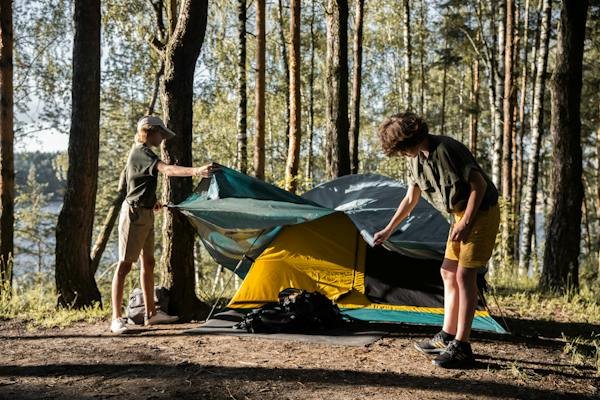
Nobody wants to spend hours struggling with tent setup, especially after a long day of hiking or outdoor activities. Look for tents with simple and intuitive setup mechanisms, such as color-coded poles or freestanding designs. Practice setting up your tent before heading into the wilderness to ensure a smooth and stress-free experience at the campsite.
6.Ventilation and Condensation Management
Proper ventilation is crucial for a comfortable camping experience, especially in warmer weather. Look for tents with mesh panels and windows to promote airflow. Additionally, consider tents with features designed to manage condensation, such as adjustable vents and rainfly options that balance ventilation and weather protection.
7.Interior Pockets and Gear Lofts
- Interior pockets are handy for keeping small items like phones, flashlights, or books within reach. Look for tents with a sufficient number of pockets to help keep your belongings organized.
- Gear lofts, which are overhead storage compartments, provide additional space to store gear, maximizing the usable floor space in the tent.
8.Color and Visibility
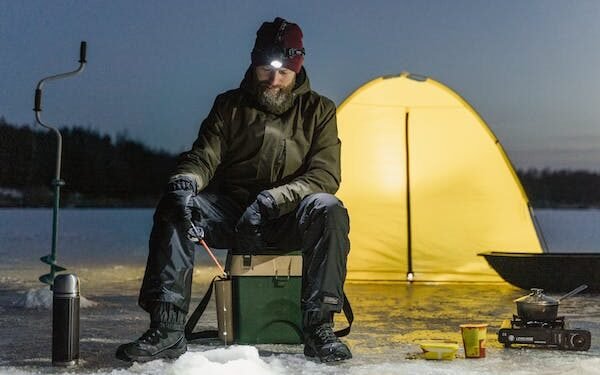
- Brightly colored tents are more visible in the wilderness, making it easier for others to spot your campsite. This can be particularly important in emergency situations or crowded campgrounds.
- Some tents also come with reflective elements, enhancing visibility during low-light conditions.
9.Doors and Vestibules
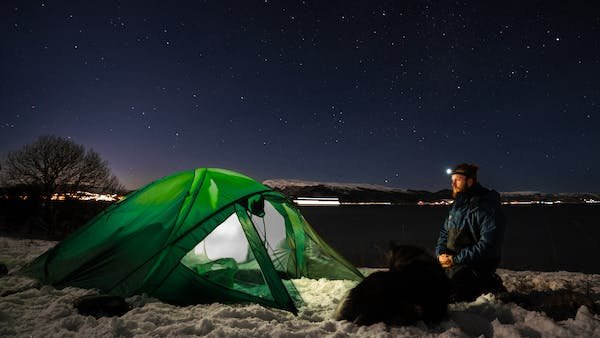
- Consider the number and placement of doors in the tent. Multiple doors can provide convenient access and allow campers to come and go without disturbing others.
- Vestibules are covered areas outside the tent where you can store muddy boots, backpacks, or other gear. Tents with vestibules help keep the sleeping area clean and organized.
10.Durability and Weather Resistance
Camping tents need to withstand various weather conditions, including rain, wind, and UV exposure. Evaluate the tent’s waterproof rating, wind resistance, and UV resistance to ensure it meets the demands of your camping environment. Reinforced seams, quality zippers, and a robust frame contribute to a tent’s overall durability.
Keep reading here: What to you need for camping, what to do when camping!
11.Weight and Portability
For backpackers and hikers, the weight and packability of a tent are critical considerations. Lightweight tents are preferable for those who plan to trek to their campsite, while car campers may prioritize larger tents with additional features. Strike a balance between weight and functionality to meet your specific camping needs.
12.Price and Budget
Camping tents are available at various price points, and it’s essential to establish a budget before starting your search. While high-end tents may offer advanced features and durability, there are also budget-friendly options that provide reliable performance. Consider your priorities and find a tent that aligns with both your needs and budget.
Keep reading here: How to be a solo traveller and enjoy it complete guide 13 Essential Tips
13.E-Port and Power Cord Openings
If you need to power electronic devices while camping, consider tents with E-ports or power cord openings. These features allow you to run electrical cords into the tent while maintaining a secure and weather-resistant environment.
14.Convertible Tents
Some tents offer versatility by allowing you to convert them for different seasons or weather conditions. Look for tents with removable rainfly or the ability to convert from a three-season to a four-season tent.
15.Tent Footprints and Ground Cloths
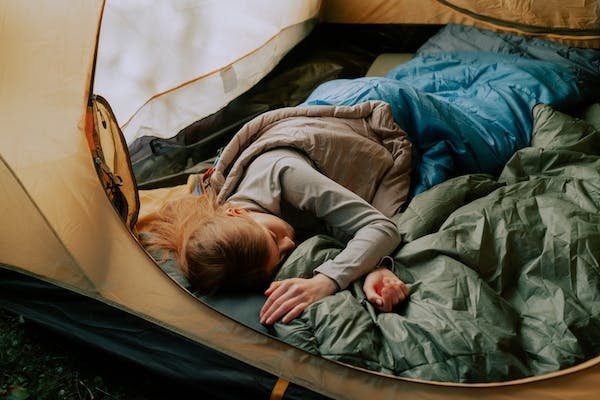
Tent footprints or ground cloths are protective layers that go beneath the tent to shield it from abrasions and moisture. While not always necessary, they can enhance the lifespan of your tent and provide an extra layer of insulation.
Conclusion:
Choosing the perfect camping tent requires thoughtful consideration of various factors, including tent type, capacity, seasonal suitability, materials, setup, ventilation, durability, weight, and budget. By carefully evaluating these aspects, you can make an informed decision that enhances your camping experience and ensures a comfortable and enjoyable outdoor adventure. Whether you’re a seasoned camper or a beginner, investing time in selecting the right tent will contribute to countless nights of cozy and memorable camping under the stars.
FAQ
How important is ease of setup when choosing a camping tent?
Ease of setup is crucial, especially after a day of outdoor activities. Look for tents with user-friendly features such as color-coded poles or freestanding designs. Practice setting up your tent before your camping trip to ensure a smooth and stress-free experience at the campsite.
What materials should I prioritize for durability and weather resistance?
The choice of tent materials significantly influences durability and weather performance. Lightweight options like polyester and nylon are water-resistant, while canvas provides better breathability. Consider the weather conditions at your camping destination and choose materials accordingly.
What tent size should I choose for my camping needs?
Choosing the right tent size depends on the number of campers and the level of comfort you desire. Consider a tent with a capacity slightly larger than your actual group size to accommodate gear and provide ample space for everyone.
How do I determine the seasonal suitability of a camping tent?
Evaluate your camping plans and the expected weather conditions. Three-season tents are suitable for spring, summer, and fall, while four-season tents are designed for winter camping. Match the tent’s capabilities with the specific seasons and climates you anticipate.
Are special features like gear lofts and vestibules essential for camping tents?
Special features enhance convenience and organization. Gear lofts and vestibules offer extra storage space for gear and muddy boots, keeping the sleeping area clean. While not essential, these features contribute to a more comfortable camping experience.

